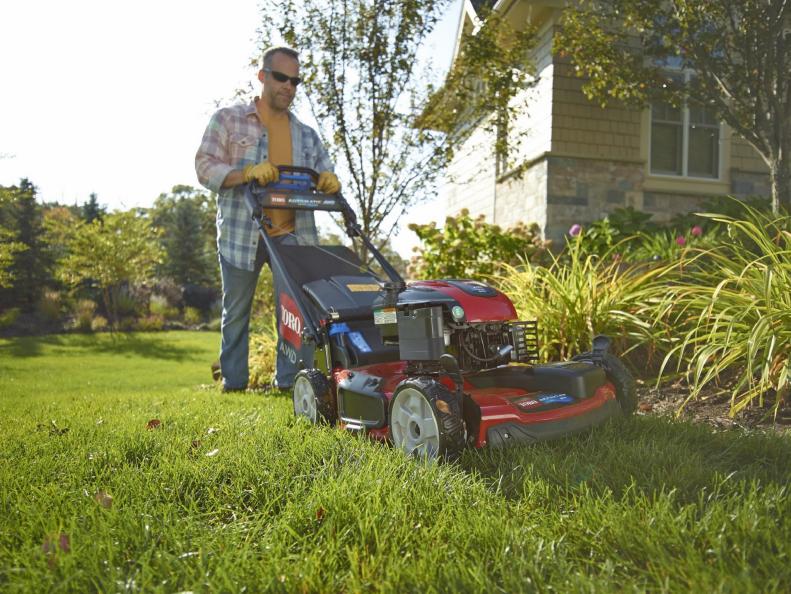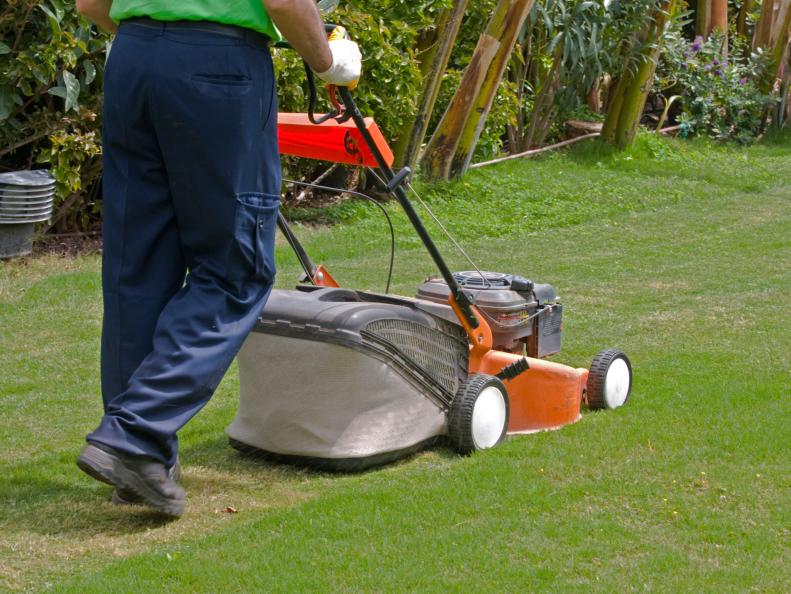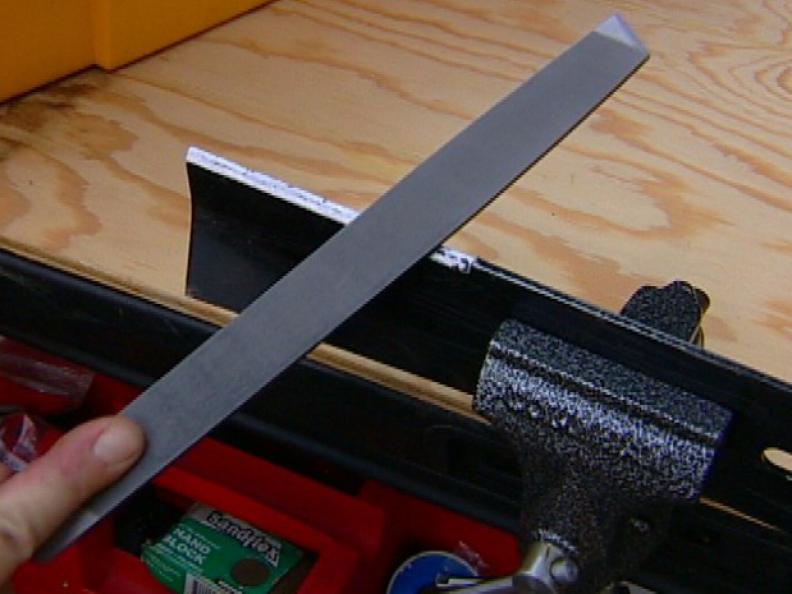1 / 13
Photo: Toro.com
Mowing seems simple enough, but each time you cut your grass you’re paving the way for your lawn’s success or failure. Mow correctly, and you’ll groom turf that’s healthy, drought-tolerant and thick enough to crowd out weeds. Mow incorrectly, and your lawn will struggle to survive. Time mowings so you’re never removing more than one-third of the total leaf surface (of a single grass blade) with each cutting.

.-Battle-on-the-Beach-courtesy-of-HGTV.-.jpg.rend.hgtvcom.196.196.suffix/1714761529029.jpeg)







